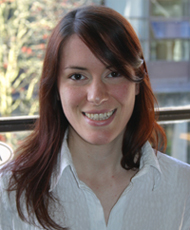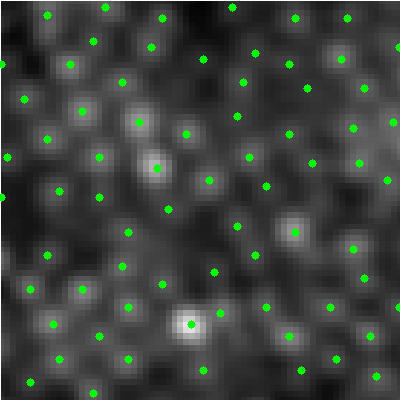-
Courses

Courses
Choosing a course is one of the most important decisions you'll ever make! View our courses and see what our students and lecturers have to say about the courses you are interested in at the links below.
-
University Life

University Life
Each year more than 4,000 choose University of Galway as their University of choice. Find out what life at University of Galway is all about here.
-
About University of Galway

About University of Galway
Since 1845, University of Galway has been sharing the highest quality teaching and research with Ireland and the world. Find out what makes our University so special – from our distinguished history to the latest news and campus developments.
-
Colleges & Schools

Colleges & Schools
University of Galway has earned international recognition as a research-led university with a commitment to top quality teaching across a range of key areas of expertise.
-
Research & Innovation

Research & Innovation
University of Galway’s vibrant research community take on some of the most pressing challenges of our times.
-
Business & Industry

Guiding Breakthrough Research at University of Galway
We explore and facilitate commercial opportunities for the research community at University of Galway, as well as facilitating industry partnership.
-
Alumni & Friends

Alumni & Friends
There are 128,000 University of Galway alumni worldwide. Stay connected to your alumni community! Join our social networks and update your details online.
-
Community Engagement

Community Engagement
At University of Galway, we believe that the best learning takes place when you apply what you learn in a real world context. That's why many of our courses include work placements or community projects.
Letizia Mariotti
PhD Student (Image Processing of the Adaptive Optics in Retinal Imaging)
 |
Contact Information |
RESEARCH
Classical ophthalmological instruments have poor resolution and cannot detect the early stages of retinal diseases. The result is that these diseases are not detected until the symptoms become obvious, and then it may be too late for clinical intervention. Adaptive Optics has proven its ability to provide images with resolution at the cellular level. AO images of the retina may contain a huge amount of information, and it becomes imperative to assist the clinician with automated tools to quantify the information, monitor changes in structures between visits to the clinic and to call attention to signs of disease.
My project consists in developing algorithms for the analysis of retinal images obtained with an AO-assisted fundus imager. The aim of the algorithms is to quantify and monitor variations of retinal microstructures such as cone photoreceptors, the nerve fibre layer, retinal pigment epithelium cells and drusen. The algorithms are tested on both healthy and diseased eyes, in order to characterize pathological variations at a pre-clinical stage of the disease.

Figure: Example of automated detection of cone photoreceptors















